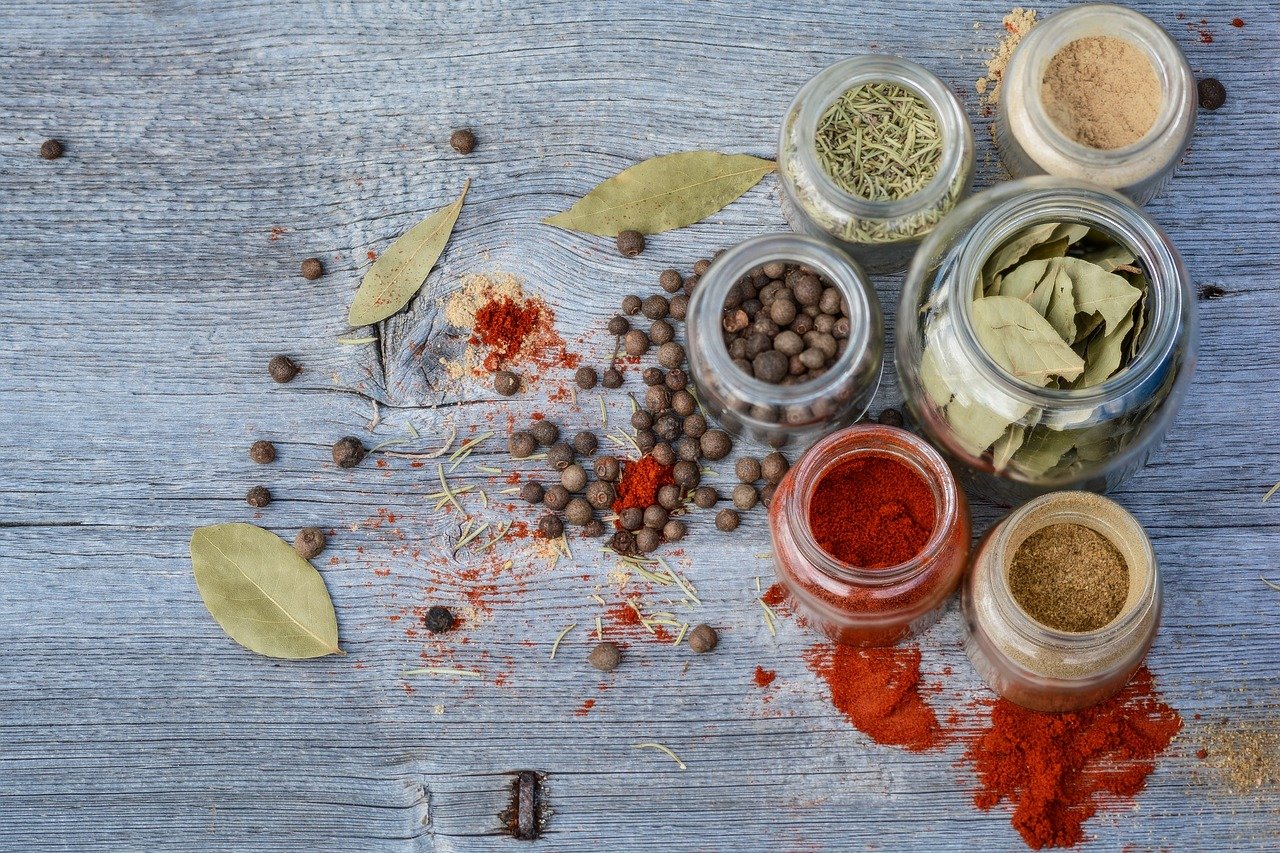“A journey of a thousand miles begins with a single step. Let us come together to export and import.”
Our Expertise In

Basmati & Non Basmati Rice
As a cereal grain, domesticated rice is the most widely consumed staple food for over half of the world's human population, especially in Asia and Africa. India has ample opportunity and is proving to be a leading rice exporting country.

Indian Spices
With different climates in different parts of the country, India produces a variety of spices, many of which are native to the subcontinent. Spices are used in different forms: whole, chopped, ground, roasted, sautéed, fried, and as a topping.

Frozen Food
Freezing food preserves it from the time it is prepared to the time it is eaten. Freezing food slows down decomposition by turning residual moisture into ice, inhibiting the growth of most bacterial species. The freezing kinetics is important to preserve the food quality and texture.

Fresh Fruits & Vegetable
Fresh fruits and vegetables are two of the most important parts of a healthy diet. India's diverse climate ensures availability of all varieties of fresh fruits & vegetables. India is one of the largest producer of fruits and vegetables.

Wheat
Wheat is the main cereal crop in India. The total area under the crop is about 29.8 million hectares in the country. Wheat grown in central and western India is typically hard, with high protein and high gluten content. Wheat is an important source of carbohydrates. Globally, it is the leading source of vegetable protein in human food, having a protein content of about 13%, which is relatively high compared to other major cereals.

Wheat Flour
Wheat flour is a powder made from the grinding of wheat used for human consumption. Wheat varieties are called "soft" or "weak" if gluten content is low, and are called "hard" or "strong" if they have high gluten content. Hard flour, or bread flour, is high in gluten, with 12% to 14% gluten content, and its dough has elastic toughness that holds its shape well once baked. Soft flour is comparatively low in gluten and thus results in a loaf with a finer, crumbly texture.[1] Soft flour is usually divided into cake flour, which is the lowest in gluten, and pastry flour, which has slightly more gluten than cake flour.
Certificates




